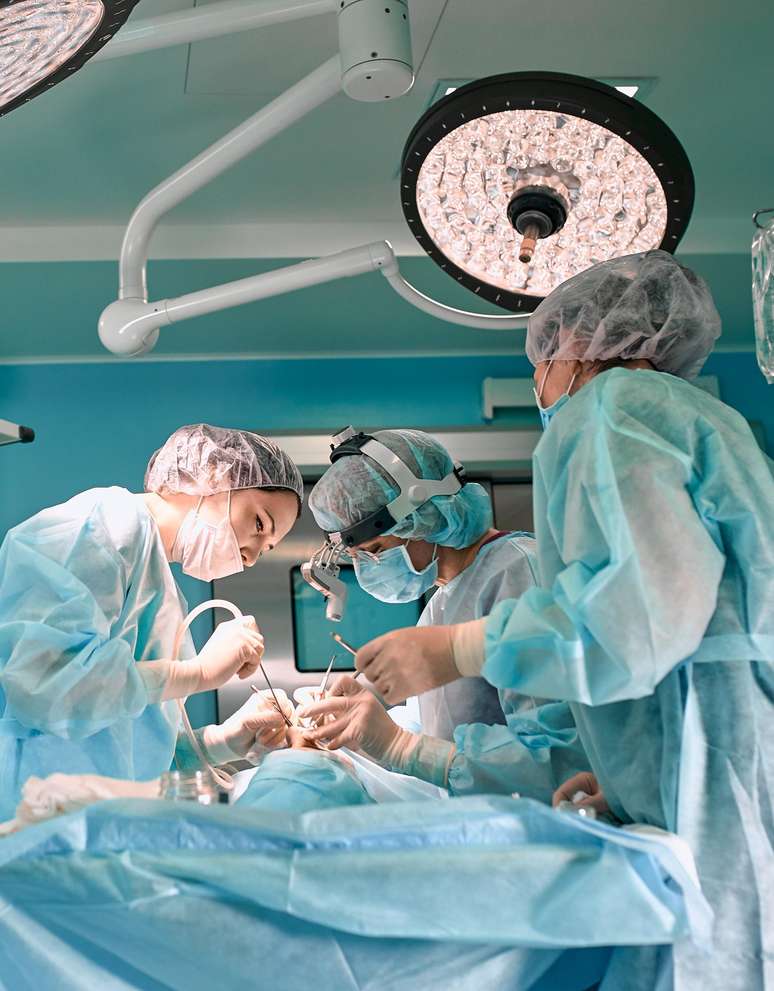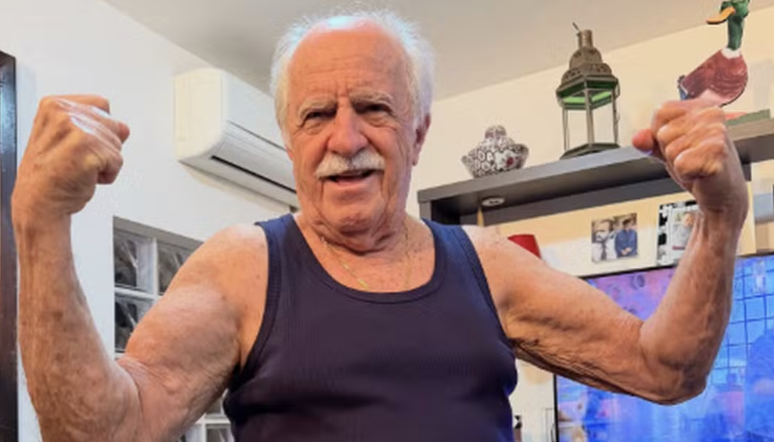The expert emphasizes that the use of fresh anatomical parts is essential for the training of high-level healthcare professionals
A common practice in health classes caught some Internet users by surprise this week. “Fresh frozen”, or, in the free translation into Portuguese, “frozen fresh” are cadaveric pieces used by some teaching centers in facial harmonization courses.
Receive the main news directly on WhatsApp! Subscribe to the Terra channel
Although the use of cadavers in healthcare courses is routine and essential for teaching anatomy and medical procedures, the technique of refrigerating the piece is superior to that done with formaldehyde and saline. As the president of the Cadaver Training Institute explains, Mohamad Abou Wadi“fresh frozen” preserves the color, texture and mobility of tissue, which formaldehyde does not provide.
According to him, the traditional method deprives the human body of the conditions necessary for learning.
“This compromises the effectiveness of a realistic simulation. It is not possible to use virtual anatomy and then operate on a live human being. The difference is very large. The fresh anatomical piece, without preservatives, refrigerated to a temperature below 20ºC, it’s the closest thing to reality,” he explains.
Rules for using cadavers in courses
In Brazil, the use of cadavers for academic purposes is regulated by law no. 8.501/1992, which allows the use of unclaimed bodies for studies in public educational institutions. Furthermore, other laws and technical standards, such as the Civil Code and the Transplant Law, establish that the use of cadavers must respect human dignity and the rights of the deceased and their families.
Despite the rules for an institution’s use of these pieces – including adequate rooms, controlled freezers and anatomists available 24 hours a day –, the ITC director criticizes the Brazilian legislation. According to him the rules are “archaic”.
“Brazilian legislation is very archaic. We don’t have tissue banks here, so we depend on imports from banks in the United States, Europe and Canada, for example,” he criticizes.
When this is not the case, there are institutions that make do with pieces of synthetic anatomy. “The demand is much greater than the supply of anatomical pieces. There are courses that are satisfied with synthetic anatomy, but those that work with excellence use fresh anatomy,” he adds.
On the other hand, it underlines the rigor with which these institutions must treat cadaveric pieces, in terms of security control and preservation of the identity of the donors.
“In our center, for example, the use of cell phones is not allowed and we have magazines to preserve the identity of the piece,” he specifies.
Source: Terra
Ben Stock is a lifestyle journalist and author at Gossipify. He writes about topics such as health, wellness, travel, food and home decor. He provides practical advice and inspiration to improve well-being, keeps readers up to date with latest lifestyle news and trends, known for his engaging writing style, in-depth analysis and unique perspectives.








